Emergence of subgenome dominance across time and ploidy
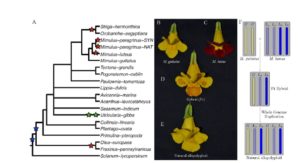 Many plants are not simple diploids (two copies of each chromosome) but are instead are the result of various forms of polyploidization (for example, whole-genome duplication or interspecific hybridization). Polyploidization can disrupt well-established controls over gene expression levels, transposon silencing and other epigenetic processes. Previous studies have indicated that one of the two geneomes (known as subgenomes) tends to become dominant in the polypoloid. Edger et al. address the question of what happens when two different genomes meet, and how quickly, by studying a recent polyploid (approximately 140 years old) and also recreating this polyploid de novo. They conclude that, “subgenome expression dominance occurs instantly following the hybridization of divergent genomes and significantly increases over generations” and also that, “subgenome dominance may be the result of lineage-specific genomic evolution shaping TE densities and methylation levels.” Plant Cell 10.1105/tpc.17.00010
Many plants are not simple diploids (two copies of each chromosome) but are instead are the result of various forms of polyploidization (for example, whole-genome duplication or interspecific hybridization). Polyploidization can disrupt well-established controls over gene expression levels, transposon silencing and other epigenetic processes. Previous studies have indicated that one of the two geneomes (known as subgenomes) tends to become dominant in the polypoloid. Edger et al. address the question of what happens when two different genomes meet, and how quickly, by studying a recent polyploid (approximately 140 years old) and also recreating this polyploid de novo. They conclude that, “subgenome expression dominance occurs instantly following the hybridization of divergent genomes and significantly increases over generations” and also that, “subgenome dominance may be the result of lineage-specific genomic evolution shaping TE densities and methylation levels.” Plant Cell 10.1105/tpc.17.00010



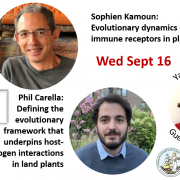
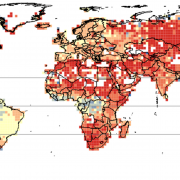
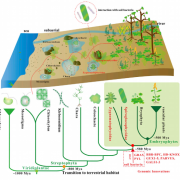
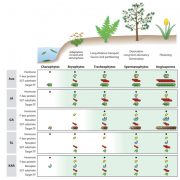
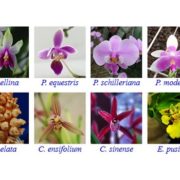


Leave a Reply
Want to join the discussion?Feel free to contribute!